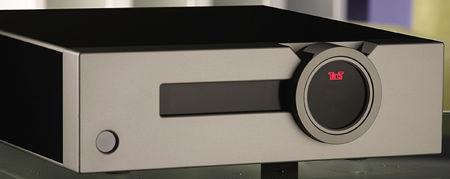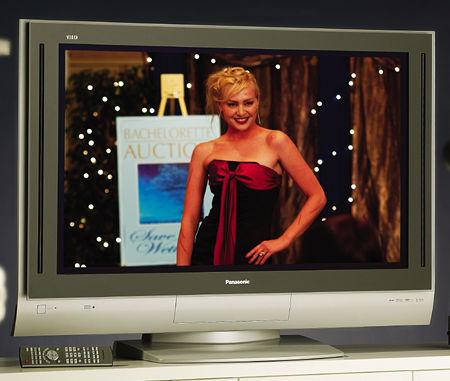LATEST ADDITIONS
|
Nov 07, 2004 |
First Published: Nov 01, 2004
|
Nov 07, 2004 |
First Published: Nov 01, 2004
|
Nov 07, 2004 |
First Published: Nov 01, 2004
|
Nov 07, 2004 |
First Published: Nov 01, 2004
|
Nov 07, 2004 |
First Published: Nov 01, 2004
|
Nov 07, 2004
|
Nov 07, 2004














